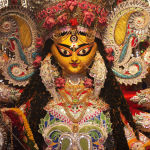Diwali 2022:
The Hindu holiday of Diwali is one of many holidays in India that are celebrated with a lot of joy and beauty every year. Diwali is celebrated in a variety of ways across India, while the sight of Diyas, fairy lights, lamps, firecrackers, and rangoli are universal. Every year, after 20 days of celebrating Dussehra, the Hindu holiday of Diwali begins on the new moon of the month of Kartik and continues for five days, from Dhanteras to Bhai Dooj.

When Is Diwali in 2022?
This year’s Diwali, the Festival of Lights, will take place on October 24. It’s a festival that lasts for five days, from Dhanteras to Bhaiya Dooj. Diwali is celebrated during the Hindu month of Kartik on the month’s darkest night. A special festival will be held on the night of Kartik Amavasya.

When Is Govardhan Puja in 2022?
There will be a solar eclipse (Surya Grahan) on the next day of Diwali, October 25, 2022, according to astrology. Govardhan Puja will be held on the third day of Diwali this year on October 26, 2022. It is considered unlucky to perform any kind of puja during Surya Grahan.
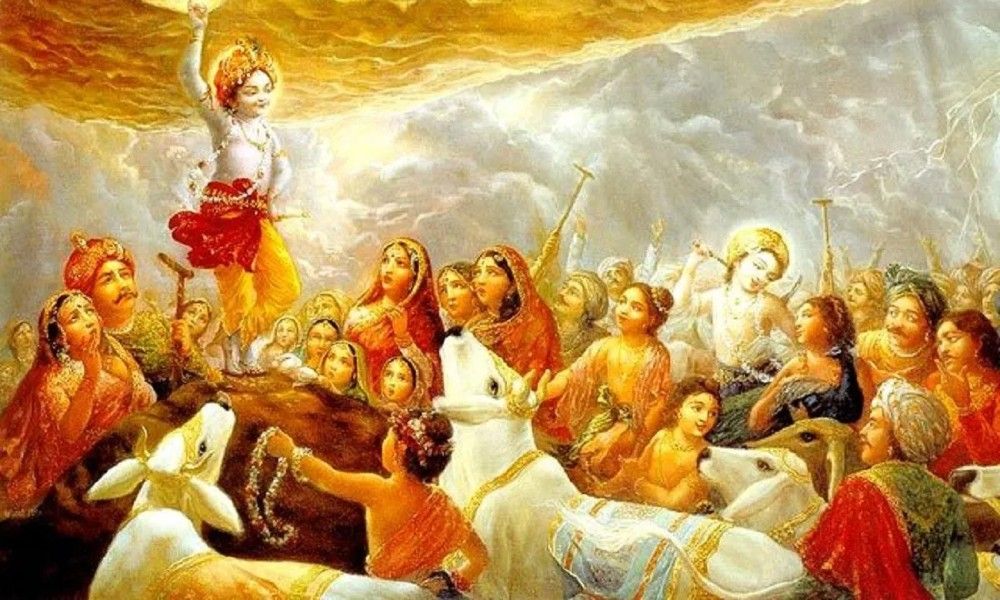
Diwali 2022 Date and Timings:
| Festival | Day and Date | Tithi | Celebrations |
| Dhanteras | Saturday, 22nd October 2022 | Trayodashi | Festival of Gold and Metal Purchasing |
| Choti Diwali | Sunday, 23rd October 2022 | Chaturdashi | Decorations & Rangoli Making |
| Diwali (Laxmi Puja ) | Monday, 24th October 2022 | Amavasya | Festival of Lights and diyas |
| Govardhan Pooja | Tuesday, 26th October 2022 | Pratipada | Prayers to Lord Goverdhan (Shri Krishna) |
| Bhai Dooj | Wednesday, 26th October 2022 | Dwitiya | Festivity for brothers and sisters |
Dhanteras History and Significance:
Dhanteras is the first night of the Diwali celebrations. On this day, Dhanvantari, the Hindu God of Ayurveda, is honored. Dhanteras is the 13th day of the Hindu calendar, and both “Dhan” and “Teras” have meanings associated with prosperity. Dhanteras is a Hindu holiday that is held on the thirteenth day of Krishna Paksha in the month of Kartik on the Hindu calendar. It is considered one of the holiest days.
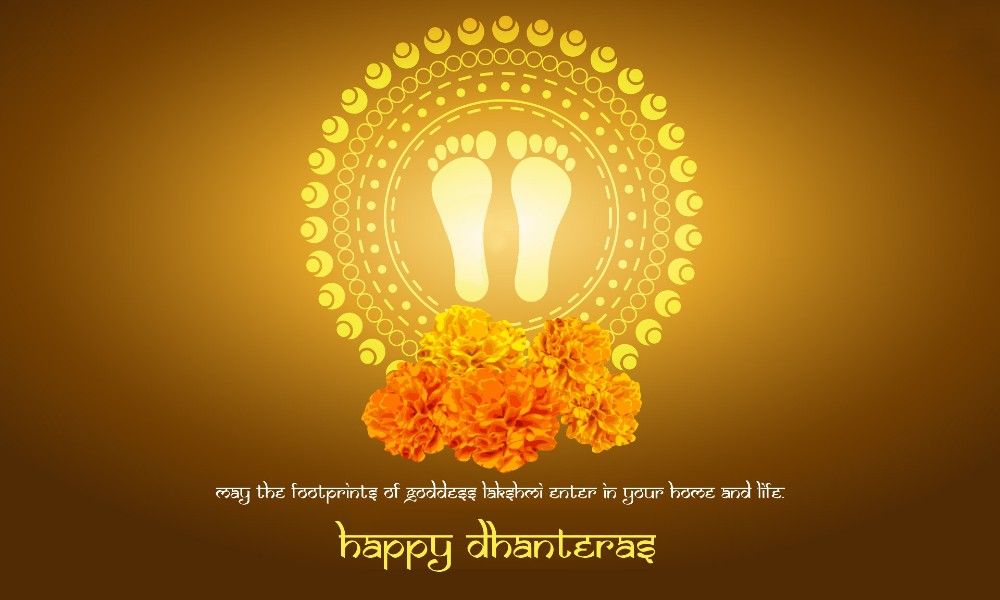
It is said that during the Samudra Manthan, the gods Kuber, Lakshmi, and Dhanvantri emerged from the sea. Thus, the three deities are honored simultaneously. Buying gold, silver, kitchenware, and even gadgets on this day are thought to bring good fortune and the blessings of Goddess Laxmi to the home. Dhanteras, the festival of lights, will be celebrated on Saturday, October 22, 2022, two days before Diwali.
Choti Diwali History and Significance:
The Hindu festival of Choti Diwali, also called Naraka Chaturdashi, is celebrated on the fourteenth day of the Hindu calendar month of Kartik and is considered one of the most significant and auspicious celebrations of the year. There is a legend that long ago a demon named Narkasur acquired great power and abducted thousands of young women. His abuse of authority included torturing people for pleasure.

The demon was killed, and the girls were saved because the women worshipped Lord Krishna and begged for his help. Since the women were ashamed and worried about being shunned by society, Krishna took them all as wives. Choti Diwali, also known as Naraka Chaturdashi, is a Hindu festival commemorating the triumph of good over evil.
Diwali History and Significance:
Diwali, India’s most widely celebrated holiday, honors the deity Lord Rama and is the country’s most significant celebration overall. After 14 years in exile, Lord Rama, together with his wife Sita and brother Laxman, supposedly returned to the kingdom of Ayodhya on Kartik Amavasya after killing Ravana. Hearing of their king’s victory and safe return, the people of Ayodhya lighted earthen lamps throughout the kingdom, set off firecrackers, and adorned their homes in celebration. Since then, millions of people worldwide have continued to observe the practice.
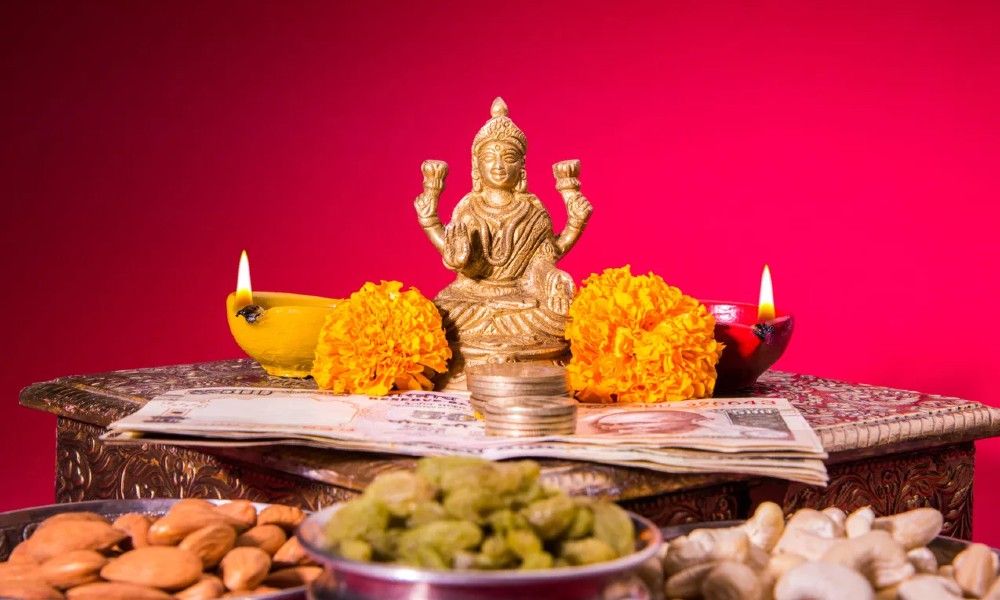
Govardhan Puja History and Significance:
Due to a Surya Grahan on October 25, Govardhan Puja would be delayed by one day compared to its usual post-Diwali timing. Temple visits and religious rituals should be avoided during a Grahan. Legend has it that when the people of Gokul stopped worshipping Lord Indra, he became enraged and threatened to destroy them all until Lord Krishan came to their rescue and hoisted the Govardhan hill onto his little finger, providing protection for the people and their livestock.
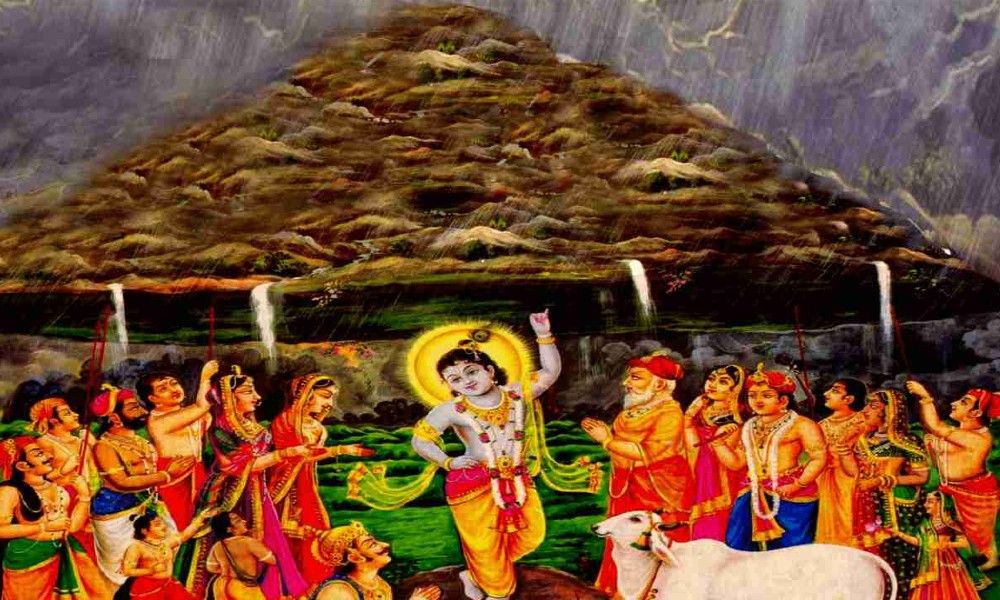
Lord Krishna has been the focus of the celebration known as Govardhan Puja or Annakoot Puja ever since. As part of their worship of Krishna, devotees on this day construct miniature hills from cow dung and mud and cook up a Bhog of 56 different kinds of food to present to the god. In addition to dressing their Lord Krishna idols in fresh clothing and jewelry, devotees may sometimes give their idols a milk bath.
You can also read:
Bhai Dooj History and Significance:
When it comes to sibling celebrations, Bhai Dooj is the most significant and joyous. On the final day of the five-day celebrations, people all around the country gather together to honour the unbreakable bond between brothers and sisters.
The day starts with aarti and is marked by the sisters of brothers putting tilak, or vermillion, on their foreheads. The group then feeds each other sweets, gives him a dry coconut strung with kalawa thread, and exchanges gifts. On this day, similar to the Hindu holiday of Raksha Bandhan, sisters wish their brothers a long and healthy life, while brothers pledge to always look out for them.

Several myths provide the background for the Bhai Dooj festival. After defeating the demon Narakasura, Lord Krishna is believed to have gone a visit to his sister Subhadra, who welcomed him with gifts of sweets and flowers and marked his forehead with a tilak as a sign of respect.
Another legend states that the god of death, Yama, finally reunited with his sister, Yamuna, on Dwitheya, the second day after the new moon. She performed a tilak ritual to honour the God of death, garlanded and fed him special meals, and then they swapped presents. Since then, Bhai Dooj has been an integral feature of Diwali’s five-day celebration because of Yama’s proclamation that any brother whose sister applies tilak to his forehead on this day will live a long and prosperous life.

There are regional variations on the Bhai Dooj celebration, with names like “Bhau Beej” in Maharashtra and Goa, “Bhai Phota” in West Bengal, “Bhai Tika” in Uttar Pradesh and Bihar, and “Bhai Tihar” in Nepal.



